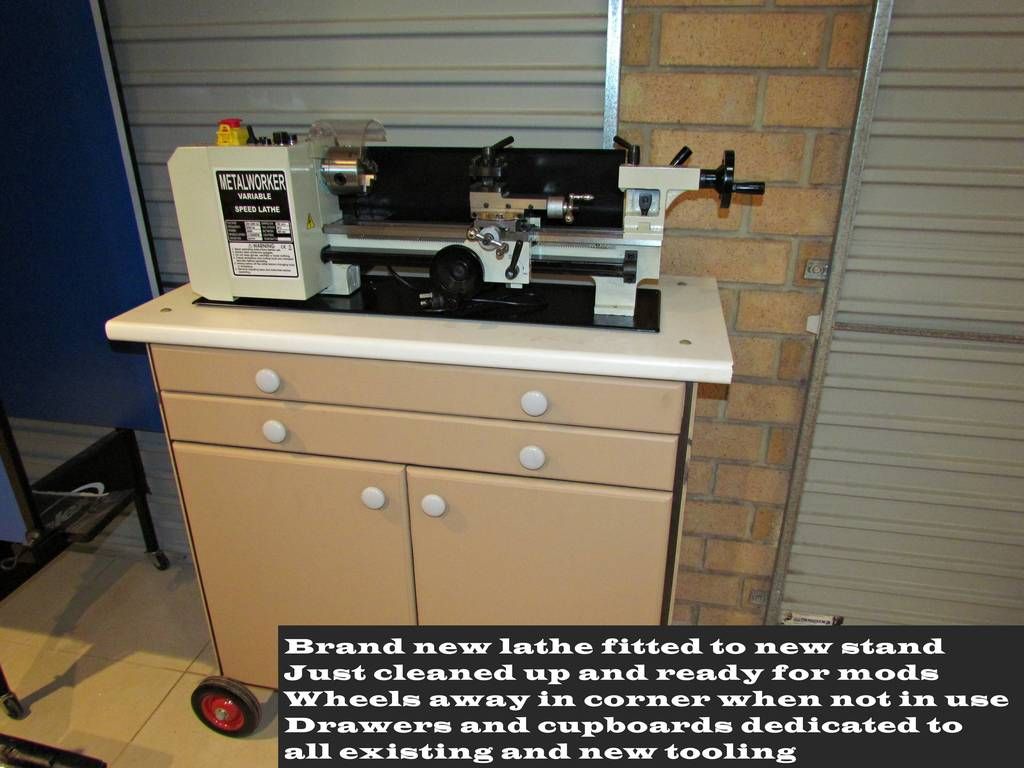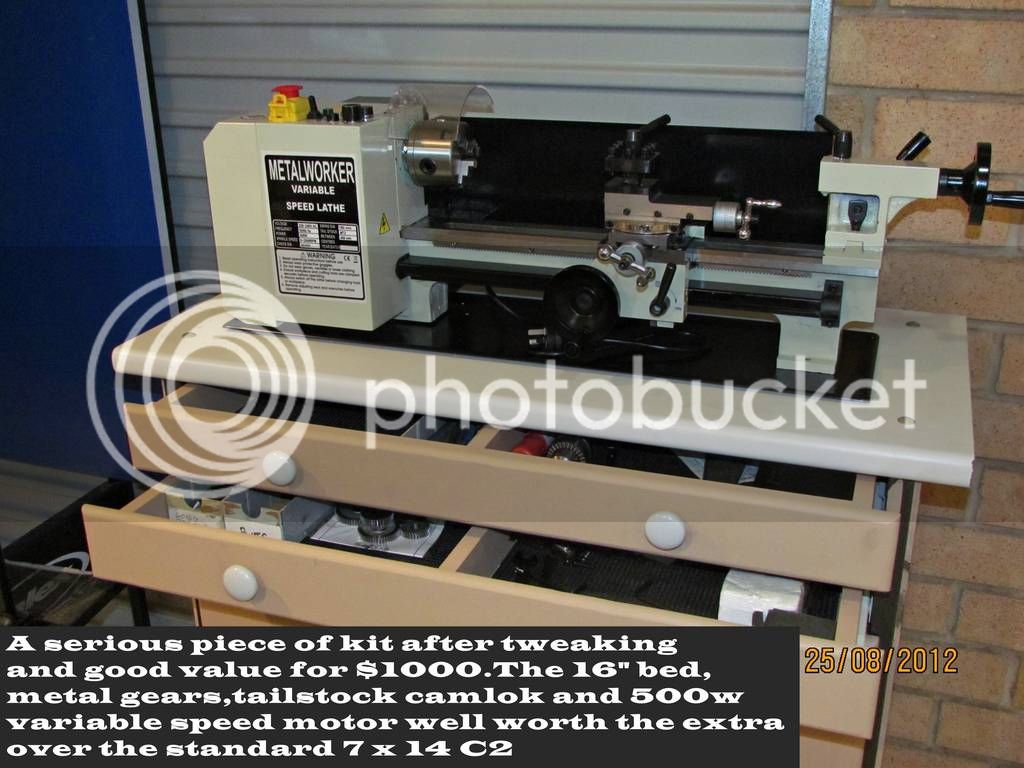MechMan183
Well-Known Member
- Joined
- Nov 19, 2014
- Messages
- 53
- Reaction score
- 10
Yes, this shop would just involve small machines right now. When I can afford a workshop with a house attached  D) I'll get the bigger machines.
D) I'll get the bigger machines.
How much noise do bandsaws make? Although I suppose even if very loud, if only used for short periods of time to cut things, the neighbors probably wouldn't mind.
Since you are o n the ground floor things get much easier. Sound tends to travel down, not up.
For cutting metals consider a portable bandsaw, HF has them on sale at present.
I thing Gus is on this forum, he does all his work on a balcony. Cuts metal to size using a portable bandsaw bolted into upright position if memory serves.
My recollection of machining with my Taig, as lathe and milling, was that the noise I perceived was much greater than anyone outside the room noticed.
Gerrit
How much noise do bandsaws make? Although I suppose even if very loud, if only used for short periods of time to cut things, the neighbors probably wouldn't mind.







